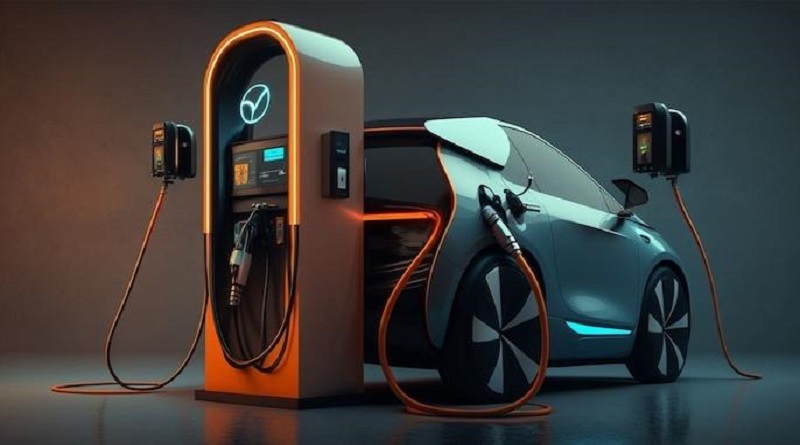India’s ₹10,900 Crore PM E-Drive Scheme: BHEL to Develop Digital Platform for Electric Vehicles

Digital Solutions for Electric Vehicles in India: BHEL’s Super App and the PM E-Drive Scheme
The adoption of electric vehicles (EVs) in India is experiencing rapid growth, driven by environmental concerns, government incentives, and advancements in technology. However, the expansion of EV infrastructure, particularly charging stations, has struggled to keep pace with this growth. To address this gap, the Government of India has launched the PM Electric Drive Revolution in Innovative Vehicle Enhancement (PM E-DRIVE) scheme, aiming to accelerate EV adoption and establish a comprehensive charging network across the country. Bharat Heavy Electricals Limited (BHEL), a public sector enterprise under the Ministry of Heavy Industries, has been designated as the nodal agency to develop a unified digital platform to support this initiative.
BHEL’s Digital Super App
BHEL is tasked with creating a digital super app that will serve as a one-stop solution for EV users. The app will offer the following features:
- Real-time Charging Slot Booking: Users can book charging slots at their convenience, ensuring they don’t have to wait for long periods.
- Integrated Payment System: The app will allow users to make payments for charging services directly through the platform.
- Charger Availability Updates: Users will receive real-time information about the availability of chargers at various stations.
- Monitoring PM E-Drive Scheme Progress: The app will provide dashboards to track the deployment of charging infrastructure under the PM E-Drive scheme.
PM E-Drive Scheme: A Comprehensive Overview
The Prime Minister’s Electric Drive (PM E-Drive) scheme is an ambitious initiative aimed at promoting electric mobility in India. The scheme, approved by the Union Cabinet, has an outlay of ₹10,900 crore and will be implemented from October 1, 2024, to March 31, 2026. Key components of the scheme include:
- Development of Charging Infrastructure: The scheme plans to establish 72,300 public charging stations across the country. This includes 48,400 stations for two- and three-wheelers, 22,100 for four-wheelers, and 1,800 for buses.
- Incentives for Electric Vehicles: The scheme will provide demand incentives for the purchase of electric vehicles, including 24.79 lakh two-wheelers, 3.16 lakh three-wheelers, and 14,028 buses.
- E-Voucher System: To streamline the subsidy process, an Aadhaar-authenticated e-voucher will be generated for each EV purchase, which can be redeemed through dealers to avail of the incentives.
- Procurement of Electric Buses: ₹4,391 crore has been allocated for the procurement of 14,028 electric buses by state transport undertakings and public transport agencies.
- Promotion of Electric Trucks and Ambulances: The scheme also focuses on the adoption of electric trucks and ambulances, with ₹500 crore allocated for each category.
BHEL’s Role and Future Prospects
As the nodal agency for the PM E-Drive scheme, BHEL is responsible for the development and implementation of the digital super app. This app will not only facilitate charging station information and slot bookings but will also integrate payment systems and provide real-time updates on charger availability.
Looking ahead, the app is expected to incorporate advanced technologies such as Artificial Intelligence (AI) and the Internet of Things (IoT) to enhance user experience. Additionally, it will provide information on EV purchases, loan options, and other related services, making the transition to electric mobility more seamless for users.
Conclusion
This initiative by the Indian government marks a significant step towards promoting electric vehicles and environmental sustainability. The digital super app developed by BHEL and the PM E-Drive scheme together aim to shape the future of electric mobility in India. By integrating real-time charging solutions, financial incentives, and user-friendly interfaces, the government is making EV adoption more accessible and appealing to the masses. To benefit from these services, users must follow government-specified procedures and become part of this digital transformation, contributing to a cleaner and more sustainable future.






Excellent website. Lots of useful information here. I am sending it to a few friends ans also sharing in delicious. And obviously, thanks for your sweat!